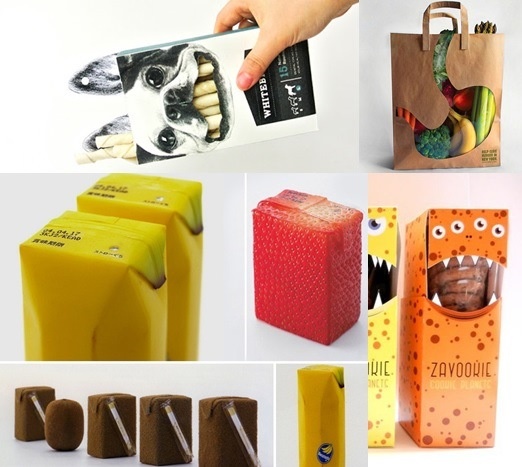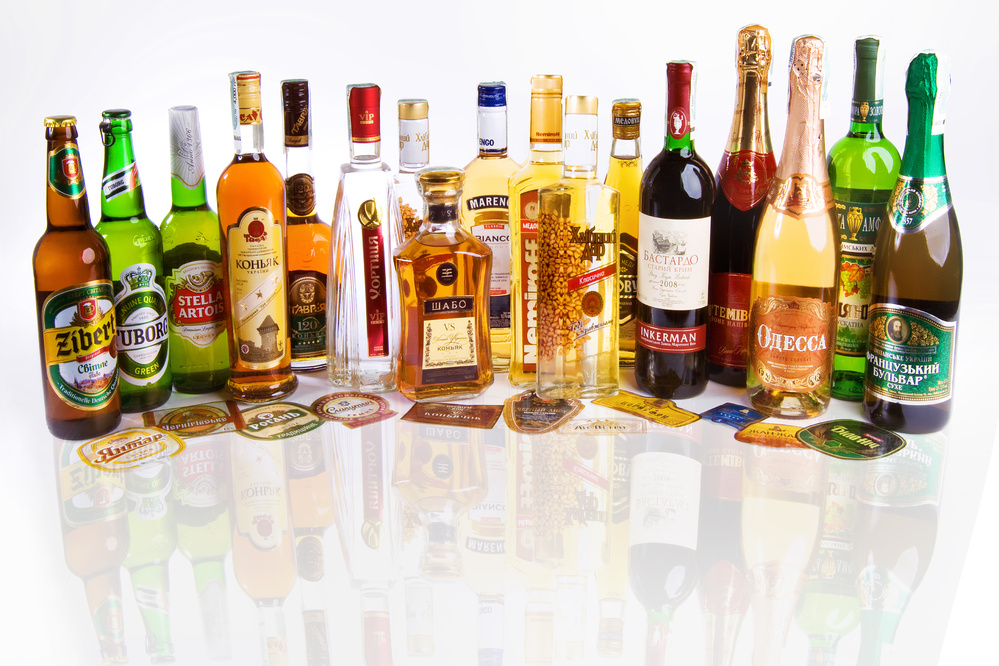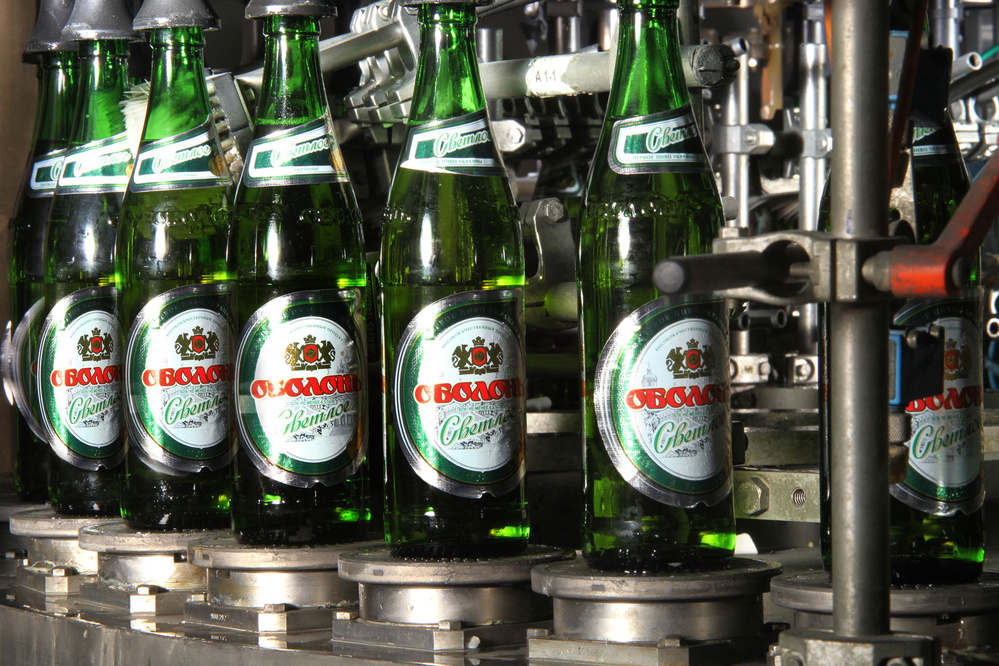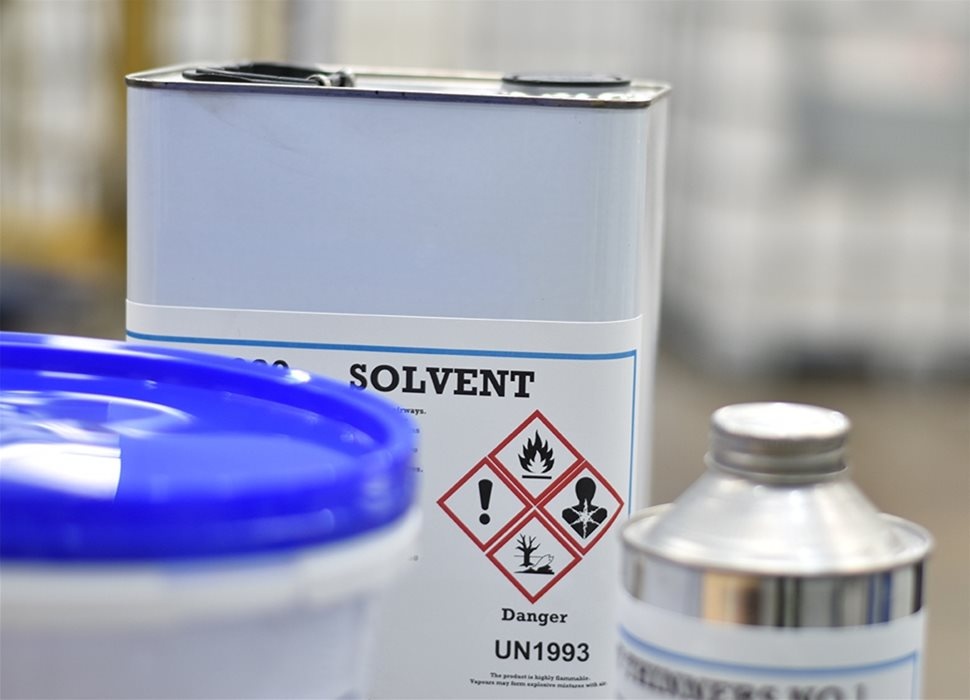Adhesive compounds for packaging manufacturers
- Segmentation of packaging adhesives by application:
- Use of adhesives for paper and cardboard packaging manufacturing:
- Use of adhesives on labels:
- Use of adhesive compounds in manufacturing flexible packaging:
The packaging industry is one of the largest markets for adhesives. It continues to drive consumption since food and other consumer goods are sold packaged. Given the global urbanisation trend, the habit of buying packaged products in stores is replacing other ways of obtaining goods. This is fuelling demand for packaging materials and, consequently, packaging adhesives.
Innovation is a crucial factor in the rising consumption of adhesives on an industrial scale.

Innovation in the manufacturing and use of adhesives is influenced by megatrends in packaging:
- health and environmental protection. Spreading rapidly and ubiquitous. More attention on plastic pollution gives fresh impetus to changes in the packaging industry;
- organic. The consumer is pursuing a responsible lifestyle, boosting eco-friendly packaging based on natural materials;
- convenience. Food “on the go” instead of the conventional meal. Ever-busy consumers are looking for time-saving, conveniently packaged food. Consumers of food on the go are turning to healthy grab-and-go products that fit into their fast-paced lifestyle. As long as the busy lifestyle remains a status symbol, the meal replacement market will continue to thrive, and so will the packaging for this market;
- individuality. The packaging market is increasingly becoming diverse, with customisation and a personalised appeal driving growth;
- digital technologies. Social media (Instagram, Facebook and YouTube) have created a trend of packaging that would be interesting to look at in photos and videos.
The rising demand for portioned foods in retail packaging, driven by lifestyle changes and the pursuit of convenience, benefits the adhesive industry, as smaller packs require proportionally more glue to make for the same volume of product.
New trends lead to changes in packaging technologies, new adhesive equipment, and custom-made adhesive formulations that will satisfy a specific consumer.
Segmentation of packaging adhesives by application:
- for paper and cardboard packaging;
- for labels (labels and excise stamps);
- for flexible packaging.
Use of adhesives for paper and cardboard packaging manufacturing:
- production of sleeves, bushings and wound cardboard products;
- assembly of containers and packaging from corrugated board and cardboard;
- manufacturing of paper bags and sacks;
- manufacturing of pallets, corner protectors and honeycomb cardboard;
- sealing valves of carton and cardboard boxes;
- gluing straws and lids on beverage cartons and individual packaging.
Use of adhesives on labels:
- gluing labels of spirits, wine, beer, low-alcohol beverages, soft drinks, water, food, chemical and pharmaceutical products;
- gluing excise stamps on alcoholic beverages and tobacco products.
Label adhesives can be used on different types of labelling machines, for various label materials and use environments:
- paper and plastic labels;
- cold wet PET or glass bottles;
- hot glass packaging;
- hot and cold cans;
- equipment with in-store or roll-fed labels for PVC and HDPE containers.

Use of adhesive compounds in manufacturing flexible packaging:
- for deep-frozen food packaging;
- for confectionery packaging;
- for pet product packaging;
- plastic packaging for hygiene products.
According to the classic structure, depending on the base of the adhesive, there are adhesives for the following types of packaging:
- water-based;
- EVA (hot-melt adhesive) based;
- solvent-based.
Water-based adhesives use water as the solvent. Such adhesives harden as water evaporates or is absorbed by the bonding surface. Water-based adhesives require that one of the surfaces be porous and can absorb moisture.
Water-based adhesives can be made from natural components (starches or dextrins, casein), semi-synthetic or synthetic components (polymers and resins).

A hot-melt adhesive (hot glue, hot-sealable glue) is an adhesive based on hot-melt polymers and resins. The solid structure of the hot-melt adhesive remains intact at normal temperatures and changes when heated above the flow point. The hot-melt adhesive is applied in a molten state at a temperature in the range of 140–210°C, depending on the application and the materials to be bonded. Once the hot-melt adhesive cools, the adhesive bond becomes hard, and the packaging or labels are bonded together.
Most hot-melt adhesives are based on ethylene vinyl acetate. The adhesives are available in the form of granules, pads, blocks, or glue sticks. The appearance of the adhesive is tailored to the specific application and design of the adhesive equipment unit. Hot-melt adhesives in the form of sticks are applied with a hot glue gun.

Solvent-based packaging adhesives are ceding their position. Environmental and health legislation in many developed countries is aimed at curbing the use of volatile organic compounds in industry. There is a clear trend on the flexible packaging market towards a shift from solvent-based adhesives to water-based adhesives or solvent-free polyurethane adhesives with 100% solids. This means that the adhesive compound is monogamous in structure and hardens upon interacting with another composite.

The packaging manufacturer’s requirements for adhesives depend on the equipment and the materials to be bonded. The general requirements of all packaging manufacturers for any adhesive are its efficiency and sufficient adhesion to guarantee the quality and reliability of products.
A packaging adhesive must have a consistency that prevents splashing and threading during application. When applying with a roller, the adhesive should spread evenly and not foam. The adhesive formula should ensure quick application of the adhesive without clogging the system.
Besides efficient line operation, a label adhesive must guarantee the integrity of the label on the container without displacement, even after exposure to condensation.
The hot-melt adhesive for lids on beverage cartons must maintain the strength and tightness of the finished package during its transportation and use.

Research and Production Enterprise Lux-X has been successfully manufacturing industrial adhesives since 1997. Thanks to many years of scientific and technical research and innovation, the company has created a wide range of adhesives suitable for any condition and various industries.
For our customers, the cost of the adhesive in the overall cost of the end product is minimal. However, its value is enormous since how the packaging looks on the shelf determines not only the sales of the product itself but also the image of the entire brand.
At Lux-X, you can always order the available brands or place an order for a custom-made adhesive. Its formula will be developed at a certified research laboratory in accordance with manufacturing specifications and bonding materials used by the customer.
You can get more information about the desired brand, price, and delivery and make other inquiries by filling out a request on our website or calling our hotline.






